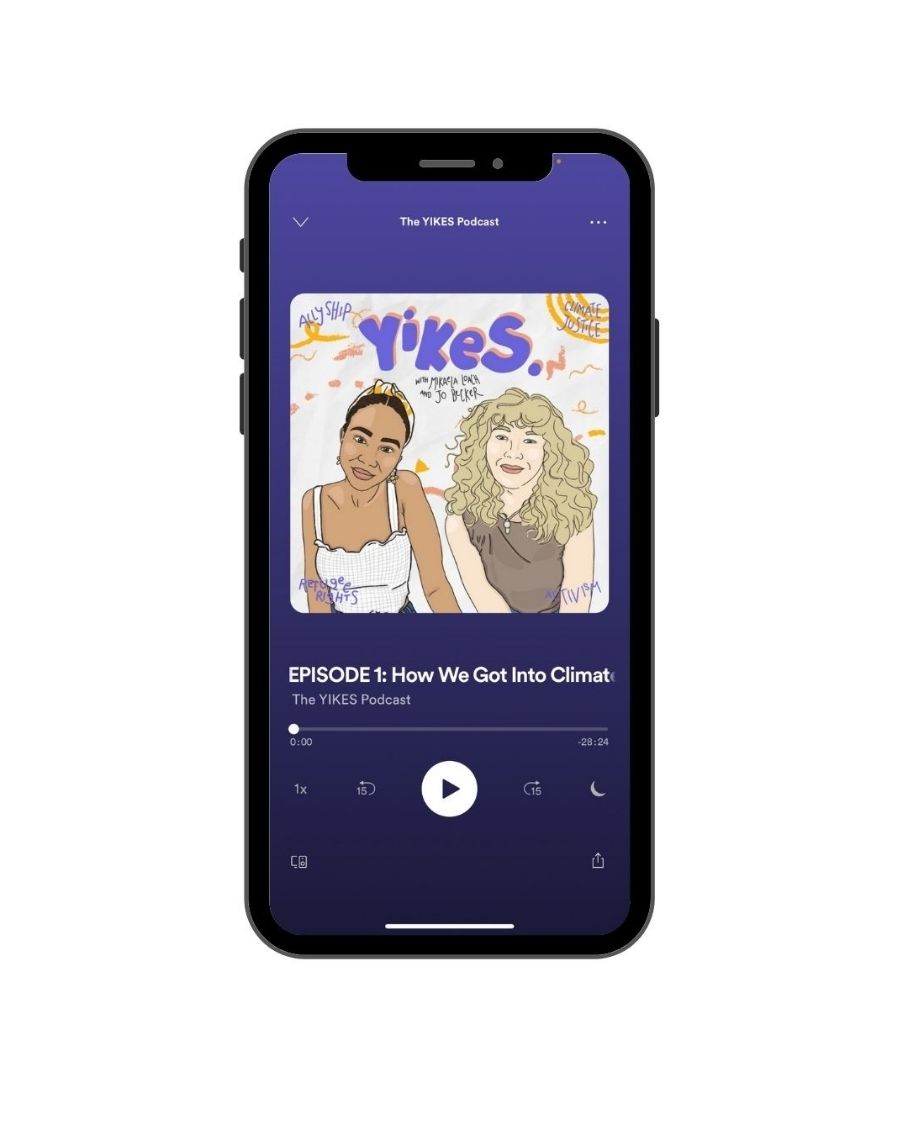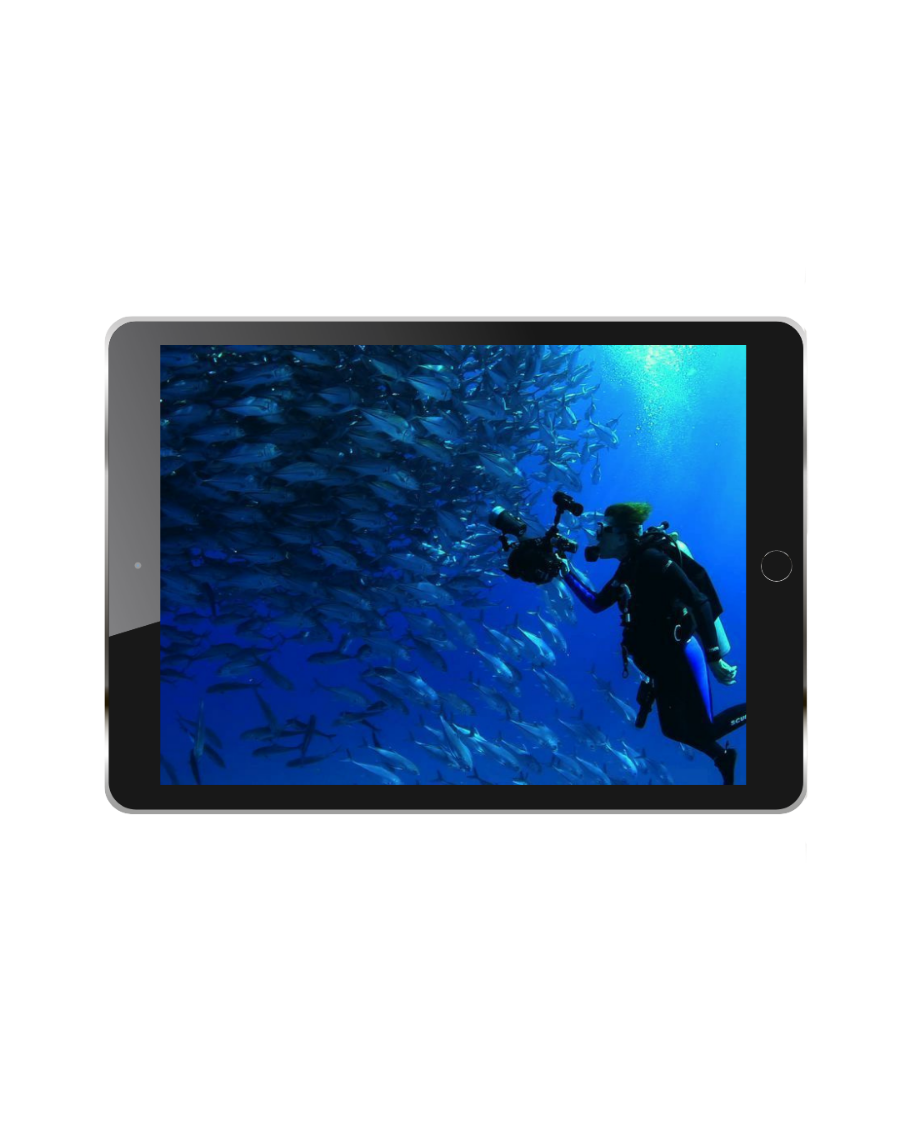War On Waste
This is one of the most eye-opening doco-series I’ve ever seen, so I’m not surprised when it was released it caused such a stir both with the media, online platforms and with the everyday consumer.
Some may say I’m incredibly behind the times for only talking about this now, and while that is most certainly true, it’s also I think a great reminder for those that haven’t watched the series yet to do so.
The War on Waste is a doco series based in Australia that takes a further look into just why Australia is ranked as the fifth highest for generating the most municipal waste in the world. The amount of waste per year in Australia doubles the rate of the population with 52 megatonnes generated each year.
Craig Reucassel hosts the series and while at times his no-bullshit approach to ministers and the public alike make me feel uncomfortable, it’s also this exact reason that makes me love this doco series so much more.
For those that aren’t in Australia and can’t yet watch this series, search War on Waste Au on Youtube and you’ll be lost in highlights for the next hour. For those that are in Australia, I urge you to watch this series.
Here are a few of the crazy stats they discuss:
- Over 10 million plastic bags are used every day
- On average, 1 in 5 shopping bags of food from every shop end up in landfill
- When compostable food ends up in landfill it produces a methane gas that is 25 times more potent than carbon dioxide produced by cars due to the lack of oxygen. If 1% of Australia composted instead of putting their food scraps into landfill, it would save 45 million kgs of carbon dioxide from being released.
- Australian’s spend over $5 billion a year on fast fashion, and at the same time over half a million tonnes of textiles and leather end up in landfill
- The average Australian family throws out 1/3 of all food they buy, which equates to roughly $3500 a year
For those that aren’t yet aware, takeaway coffee cups are not disposable. I’m guilty myself for thinking they were a few years back but turns out that instead, the cup is a polyethene liner. So while 90-95% of the cup is paper, 5-10% of the plastic stops it from getting recycled. Biodegradable coffee cups aren’t much better because in order for them to be recycled, they have to be taken to a specific facility. With the amount that Australian’s drink, it equates to over 1 billion coffee cups per year going to landfill – the equivalent to circumnavigate the earth 2.5 times.
I hope those stats haven’t scared you into not wanting to make any change at all. Overall, we all have the ability to vote for the world we want to live in with what we spend our money on and where.
Personally, it wasn’t until I watched The War on Waste that I learnt you could recycle soft plastics. This has now become an integral part of my week and I’m still in shock of the amount of soft plastics that make their way into my house.
So while certain stats may be incredibly overwhelming and upsetting, the only way to create change is to educate yourself and others as to why it’s important to care about the planet. In my opinion, you’re cooler if you care.
Have I finally convinced you to watch it? You can do so here.




